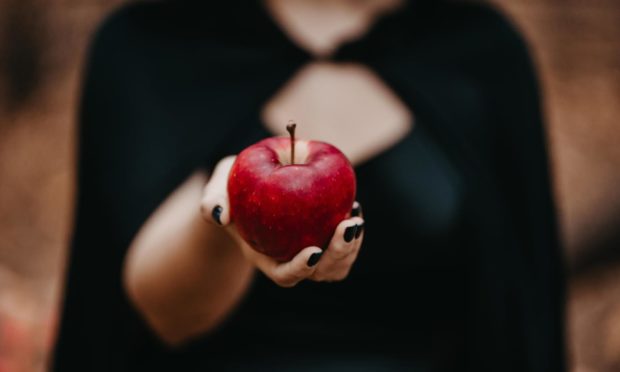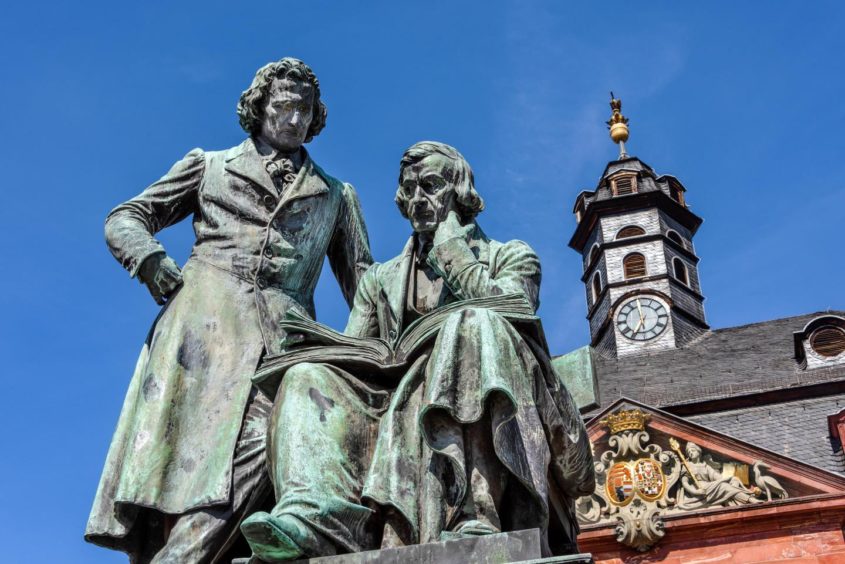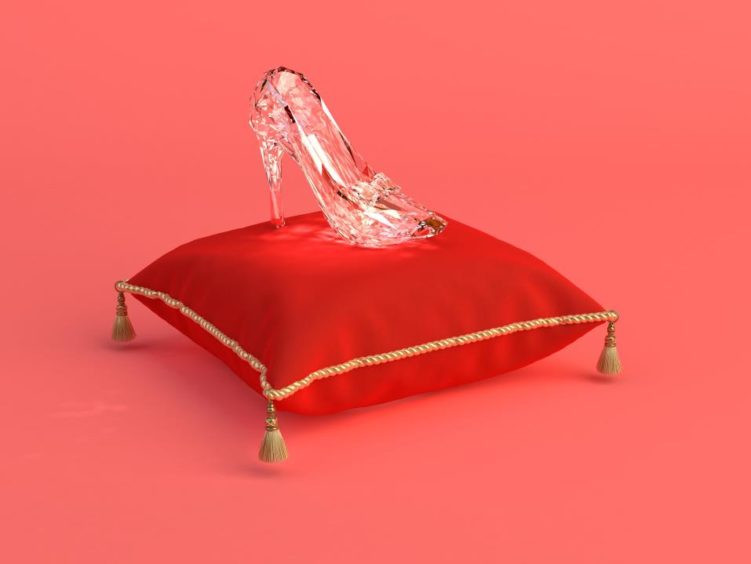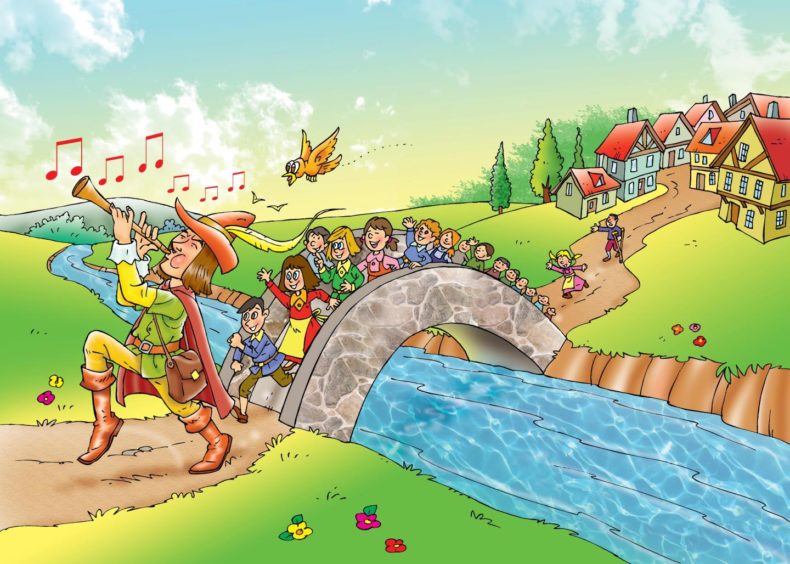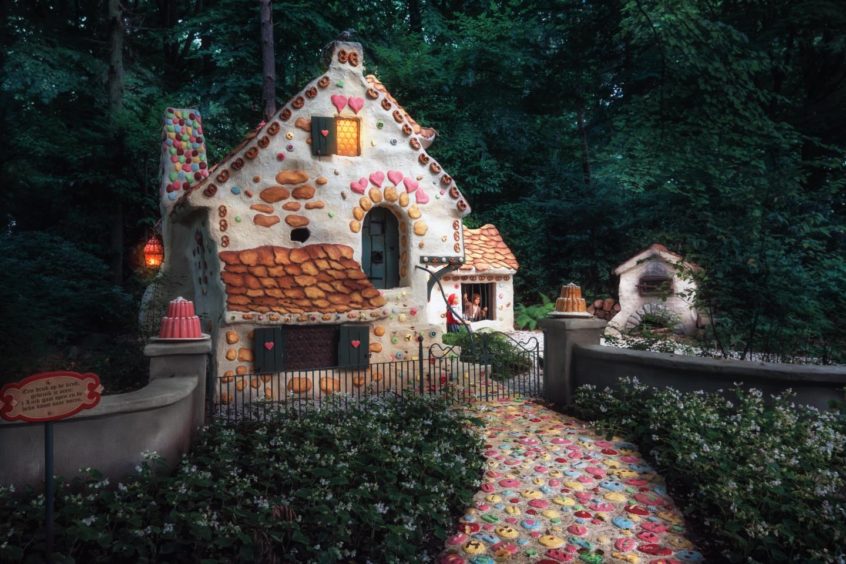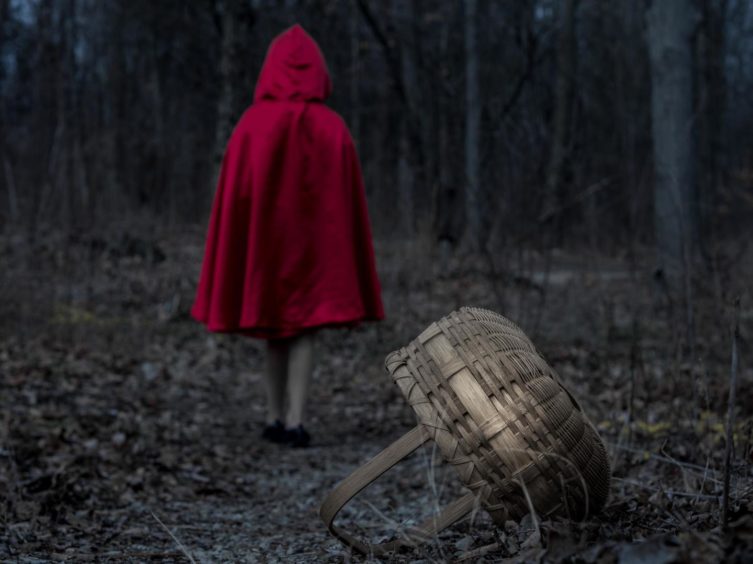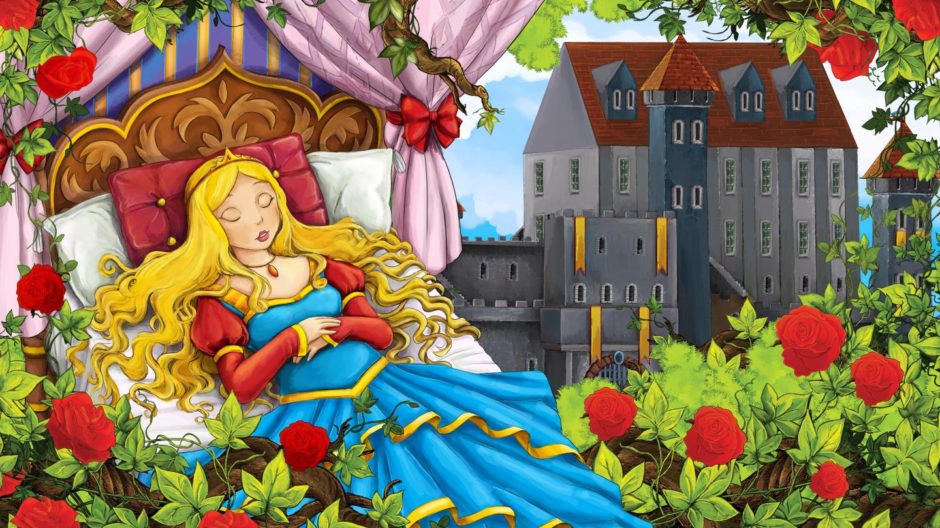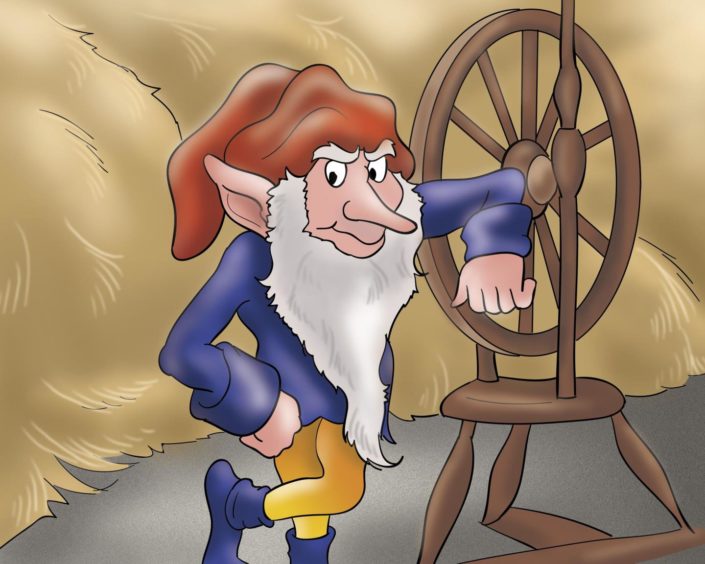“And they all lived happily ever after…”
We all grew up learning fairytales. So, what first springs to your mind when you hear the word, “fairytale”?
A soothing sweet story to help a child drift off into a blissful sleep? Possibly. Probably. That’s maybe how it is today, but when you delve into where many of our well-known tales come from, it’s something different altogether. They really do have a dark side. Often, very dark.
Some years back, when I lived in Budapest, I often visited a charming second-hand bookshop and found an absolute gem. A compilation of the Brothers Grimm stories with original illustrations. I’ve been reading it over the past few years and wow is it scary. Interesting to note, the Nazis were inspired by original dark “fairytales”.
The Grimm Brothers, Jacob and Wilhelm, were without a doubt, geniuses. These German authors are responsible for many of the classics we all know and love today. They travelled the length and breadth of Germany collecting tales of old from peasants and villagers, wrote them down and made them their own.
Their books, compilations of “fairytales”, contained pre-marital sex, graphic violence, incest and cannibalism. And by today’s standards, child abuse. A car cry from the sanitised versions we see today.
Changing times
In later versions and with changing times, the brothers themselves actually rewrote and sanitised some of their own stories. Still though they remained far darker than today’s fairytales which have no doubt been airbrushed or whitewashed to make them more palatable. Songs and dances have been added, also a sprinkling of fairy dust and a good dollop of Disney sugar coating.
But when we look at these stories through the eyes of their original authors, well, the “meanings” behind the tales could even be described as disturbing.
I’m not saying stories should terrify children today, but surely neither can Disney’s sickly-sweet goo with all-singing all-dancing and talking animals be good for them either. In fact, Disney’s versions are pretty much unrecognisable from the originals.
For the record, I love the originals. Did so as a kid, even though they sacred me, and still love them today. So let’s take a look at some of the classics. With the increasing “woke” world we live in, would these tales be allowed in their original form now? Probably not. Poor dears would splutter on their organic almond nut milk.
The classics
Cinderella. Originally, during the trying on the glass slipper scene, the two ugly sisters actually cut off their own heels and toes in order to try and fit into the slipper. I’ve even read a version that states at the end, the sisters had their eyes pecked out by birds.
In the Pied Piper of Hamelin, the German town of Hamelin was overrun with rats. One day a piper appeared claiming he could rid the town of rats by playing tunes on his pipe. He did just that, and lured them into the river where they all drowned. However, the townsfolk then broke their promise and refused to pay up. Suffice to say, the piper wasn’t best pleased.
The most read version has the piper putting the children under a spell with his pipe and leading them off into the mountains where they are never seen again. Scary enough. However, I’ve read another version, where the piper leads the children into the same river as the rats and drowns them all. Apart from one deaf girl, who couldn’t hear the pipe.
I wonder, is this where the old phrase, “time to pay the piper” comes from?
Hansel and Gretel has to be one of the Grimm Brothers’ darkest stories. It’s basically child abandonment then abduction and cannibalism. Abandoned in a dark forest, brother and sister Hansel and Gretel end up at a lone cottage where they are enticed in by a witch who plans to eat them.
First, she enslaves Gretel and overfeeds Hansel, prodding him with a stick to see if he is plump enough to eat. Grim indeed.
Snow White is arguably the most famous fairytale of all. But its original is a far cry from the movies or cartoons we see today, especially the original drawings of the dwarves. They look very creepy and nothing like the happy, cuddly guys we see in the Disney movie.
We all know the story, but just think about the core of it. A middle-aged woman, the stepmother who is losing her looks, gets jealous and wants to kill her stepdaughter. That’s dark.
As mentioned in a previous column, we probably, due to political correctness, won’t be able use this title in years to come. I suggested what might be acceptable. “Snow Caucasian and the Seven Short-Statured Non-Gender People.”
Little Red Riding Hood. Who’s afraid of the big bad wolf? This can’t be dark, surely? Oh, but it is. I find it very creepy indeed. A wolf dressed in human clothes and disguised as a grandmother, entices a young girl into the house and even into bed. He has already eaten the grandmother, but is later cut open by a woodsman, freeing the poor granny.
Never, it seems, has the phrase “don’t talk to strangers” been more appropriate.
And what about JM Barrie’s classic, Peter Pan. Nothing dark there? Hmm, dig deeper. We all know the story, especially the Disney take on it, but what about the potential relationships between the characters?
Hook, a grown man, has a fixation on a young boy. He wants to kill him, yet wants to also keep him alive, for they cannot live without each other. Then there’s Wendy who can be described as being “almost a woman”. There’s definite flirting between Peter and Wendy, yet he also sees her as being like the mother he never had. Hook also has a fixation over young Wendy. The mind boggles.
As for the original Sleeping Beauty, it contains an unwanted pregnancy while the princess was asleep; that’s rape in today’s language. Then there’s the desire to feed two children to the King, and to top it all off, the King has his wife burned alive. You won’t see any of this in a 21st Century version.
And last but certainly not least, Rumpelstiltskin. I have no idea how he is portrayed today, but back in my day he was terrifying. Another Grimm Brothers collection, it is thought to be one of the oldest tales of all time.
The story of a girl who can spin straw into gold. She is locked up in a room by the King and told to keep spinning or he will cut her heard off. The girl is soon visited by a dwarf-like ugly creature called Rumpelstiltskin. He offers to spin for the girl, who is exhausted, but asks for items in return such as a ring and necklace.
Eventually, he demands the girl hand over her first-born child to him. Now that’s creepy!
Original v modern
Is it right that most of these tales have had a sickly-sweet makeover? Or do you think they should be told in their original form?
Do you have kids or grandkids? What do you read them? Do you prefer all nice and modern, PC and cuddly, or is it the original Hansel and Gretel? Or a mix of both?
I’d love to know.
If you’re interested in a good dark read and want to experience fairytales in their original form, I highly recommend you buy a compilation of the Grimm Brothers’ original works.
It’s gripping stuff.
